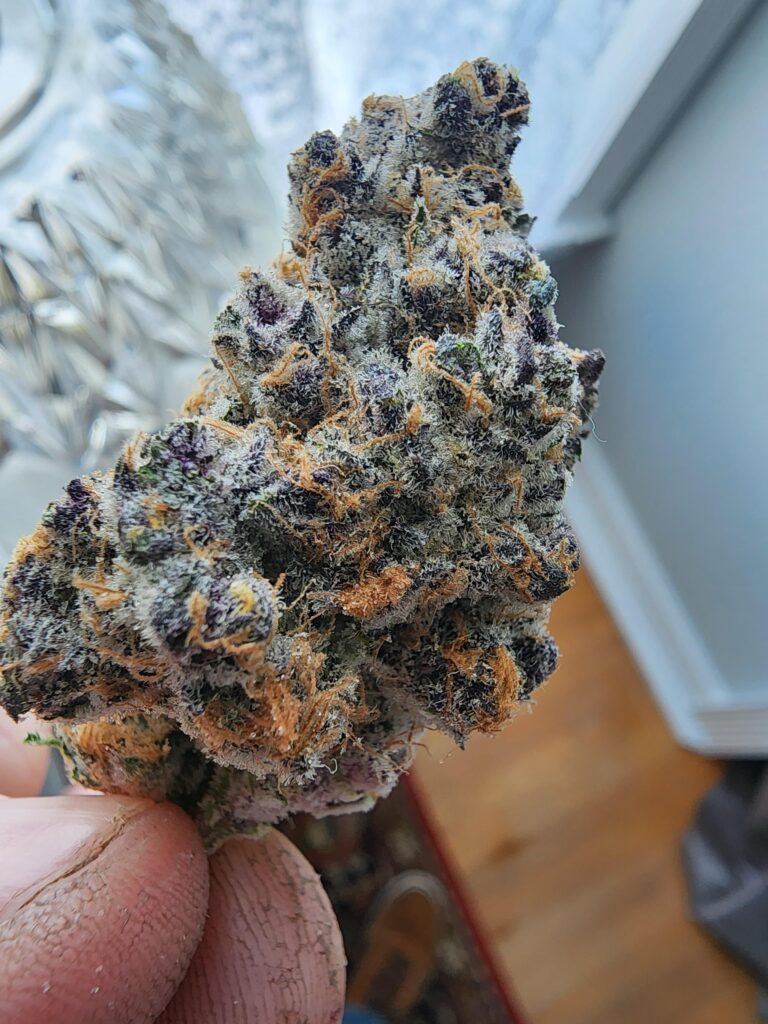Weeds in Cherkasy: An Environmental and Public Health Challenge

Cherkasy, a vibrant city situated in central Ukraine along the Dnieper River, is known for its historical significance, scenic beauty, and thriving agricultural industry. The city’s fertile landscape supports both urban growth and extensive agricultural activity, contributing to the region’s role as a key economic player in Ukraine. However, Cherkasy is facing an issue that is becoming increasingly important but often goes unnoticed: the spread of weeds. These seemingly harmless plants are growing in both urban and rural areas, posing a significant challenge to the environment, public health, and the agricultural economy. Addressing this issue is crucial to maintaining the balance between Cherkasy’s development and the preservation of its natural resources.
The Rise of Weeds in Cherkasy
Weeds are a natural part of any ecosystem, but in recent years, their proliferation in Cherkasy has become a growing problem. These resilient plants are known for their ability to adapt to a variety of environments, and Cherkasy, with its mix of urban areas and vast agricultural landscapes, provides the perfect conditions for weeds to flourish. Weeds like dandelions, thistles, ragweed (Ambrosia artemisiifolia), and bindweed (Convolvulus arvensis) are commonly found throughout the city, in gardens, parks, roadsides, and farmlands.
One of the main reasons for the spread of weeds in Cherkasy is the disturbance of soil. As urban areas expand, construction projects, roadwork, and other human activities disrupt the soil, making it easier for weeds to establish themselves. Similarly, agricultural practices such as tilling and planting also disturb the soil, providing ideal conditions for weeds to grow. Additionally, the movement of goods and materials throughout the region inadvertently transports weed seeds, further spreading the problem.
Environmental Impact of Weeds
While weeds might seem like a minor concern, their spread in Cherkasy has serious consequences for the environment. Weeds, particularly invasive species, threaten local ecosystems by displacing native plants that play a vital role in supporting wildlife and maintaining ecological balance. Native plants provide essential food and habitat for local species, contribute to soil health, and help regulate water cycles. When weeds take over, they outcompete these beneficial plants for resources, which can lead to a loss of biodiversity.
In Cherkasy’s green spaces, such as parks and recreational areas, the spread of weeds is particularly noticeable. In agricultural areas surrounding Cherkasy, weeds are even more problematic. This competition can result in lower crop yields, reduced quality, and increased costs for farmers.
Weeds also affect soil health. Over time, the presence of weeds can degrade soil quality, making it more difficult for other plants to grow.
Public Health Concerns
In addition to environmental and agricultural concerns, weeds in Cherkasy pose a significant threat to public health. Ragweed, in particular, is a major health risk in the region. This plant produces large quantities of pollen, which is a well-known allergen.
Vulnerable populations, such as children, the elderly, and individuals with pre-existing respiratory conditions, are particularly at risk.
The spread of weeds can also create other health hazards. Overgrown vegetation, for example, can trap moisture, which provides an ideal breeding ground for mosquitoes. Mosquitoes are known vectors for diseases such as West Nile virus and malaria.
Managing Weeds in Cherkasy
Tackling the weed problem in Cherkasy requires a multi-faceted approach that addresses both the causes and consequences of weed growth.
One of the key strategies for managing weeds is regular maintenance and monitoring of public spaces. This includes activities such as mowing, removing weeds by hand, and using environmentally-friendly herbicides to control their spread. As a result, many cities, including Cherkasy, are exploring more sustainable, eco-friendly alternatives for weed control.
One such alternative is the use of organic mulches and ground covers. At the same time, mulching improves soil health by adding organic matter, retaining moisture, and enriching the soil with nutrients.
Native plants are well-suited to local soil and climate conditions, making them less vulnerable to weed invasions. In addition, native plants are crucial for maintaining biodiversity and providing food and shelter for local wildlife.
Educating residents about the importance of weed control and providing them with the tools and knowledge to manage weeds on their properties can also help reduce the spread of weeds in the city.
Looking to the Future
The spread of weeds in Cherkasy is a growing challenge that requires attention and action from both local authorities and residents.
As the city continues to grow and develop, it will be important to find a balance between urban expansion and environmental preservation.
You’re the best when it comes to marijuana products , always taking care of me. Definitely recommending you to my friends. Thanks for the quick delivery .Really happy with the product .As usual, it’s top-notch. Keep it up you. you can contact them on email Scenthub43@gmail.com and also there Telegram : https://t.me/Scenthub43
wow Thanks for the referral they have great service and got the best weed around. and the delivery is so smooth.

Thanks for always being reliable! I can always count on you for good product.
You’re the go-to in the area for a reason. Always a smooth experience